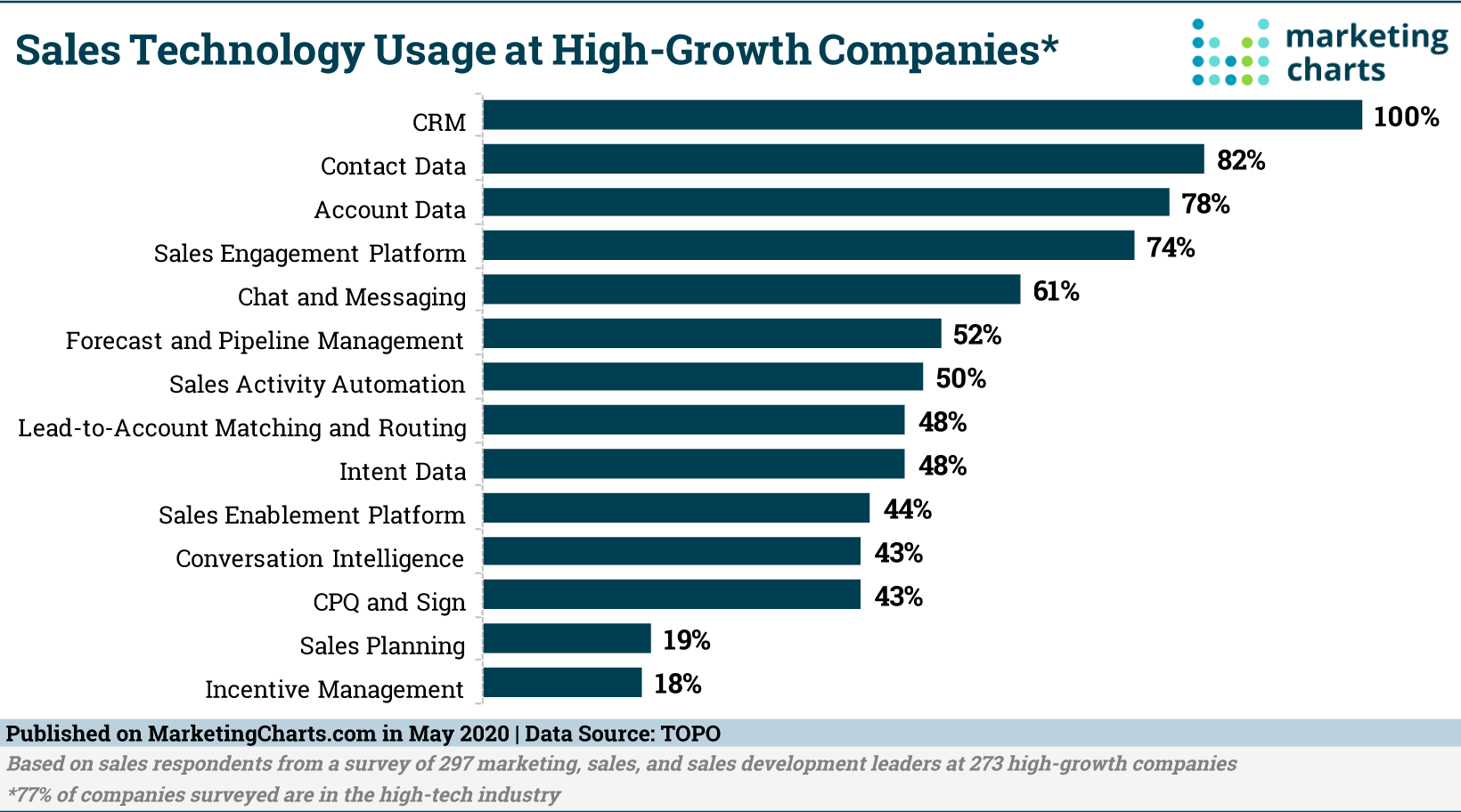
If you’re a sales leader working at a startup, your main goal is to drive revenue ASAP.
Because the longer it takes to generate revenue, the harder it is to hit targets (but you know that).
Reaching faster time to revenue for startups is an uphill battle. And here’s why.
Don’t be discouraged.
You’re a sales leader, which means you have the means to make a huge difference (especially in a startup).
There are steps you can take to help accelerate the process and start generating revenue quickly.
*Spoiler alert* One of them involves working closely with marketing. Stop it you two; it’s time to bury the hatchet.
Here's what we'll cover in this post:
Sales automation is something revenue teams can’t live without. Because if there’s something that kills productivity and demoralizes everyone, it’s repetitive tasks that a trained chihuahua can do.
The list of dull tasks includes (but is not limited to):
Investing in a sales engagement solution that automates all those tasks is something your entire team will thank you for.
Two things to keep in mind when building your sales tech stack:
The real question is, how do you achieve that?
Here are some stats on sales technology usage at high-growth companies that can steer you in the right direction.

Source: marketingcharts.com
For a more detailed list (with pros & cons), check out this blog on Modern B2B Sales Tech Stack Must-Haves.
Are you a sales manager? A VP of sales? A director? A team lead?
Whichever it is, you got there because you have a ton of experience and industry knowledge.
Share. That. Sh*t.
Taking the time to coach your reps is part of your job. A huge part. The better you train them, the better they will be at selling.
Everyone wins.
A great way to train salespeople is to lead by example, and here’s how:
The goal is to get your hands dirty. Because if sales leaders aren’t willing to put in the work, especially in a startup, why should anyone else?
Watch this webinar to find out how to motivate your team to get them excited about driving revenue.
Listen, we get it.
Sales and marketing don’t always see eye to eye.
But the truth is, if your sales and marketing goals aren’t aligned, then you’re both wasting time and resources.
Here are some astonishing sales and marketing figures from review42.com:
We’ll give you a moment to digest all of that.
…
…
Ok, aside from those stats, here’s why you two need to get along:
*Using a contact scoring tool like Breadcrumbs will help both teams understand who the business’ ideal ICP is.
One of the best ways to make sure your sales team is aligned with marketing is to have weekly meetings with both teams.
Even if it’s just once a week. Even if it’s just for 30 mins. Even if it’s virtual.
By meeting regularly, teams can share new initiatives, upcoming promotions, upcoming events, marketing activities, etc., and can get a better idea of what’s needed/missing to grow revenue–collaboratively.
Objection handling is an important skill that will help your team close deals faster.
But here’s the secret: they shouldn’t wait for leads to object.
They should anticipate the objections, understand them, and address them even before the prospect/lead has time to bring them up.
Sales reps aren’t fortune tellers (well, maybe some are), but they don’t have to be to predict objections.
Common sales objections that your team can predict are:
If your reps do proper research before reaching out to a prospect, they should already know what their main objection will be. And if that’s the case, they can include it in their outreach from the beginning.
Here are some examples you can share with your team:
Prospects using a competitor: “Hi [Buyer], Looks like you’re using [competitor]. It’s a great tool for [wtv they’re good at]. Most companies come to us because they need something for [differentiator]. Given [observation about their business], I thought [compelling insight about problem that makes them think differently]. Am I off in thinking you’re open to change?
(^ borrowed from Will Allred, co-founder of Lavender).
Any prospect, really: “Budget might be a concern for you, as was the case with many of our customers. But they saw ROI within X months of implementing [your product]. Let me break it down for you…”
Prospect who might not see you as a priority: “Your team might be experiencing [problem your product solves] right now, as is the case with many [type of company]. What if you could [solve the problem] by Q3? Does that sound like something you’d be interested in?
If you want to reach faster time to revenue, you have to be transparent with prospects. Especially when it comes to pricing.
If they find out there are hidden costs they weren’t made aware of from the get-go, there’s a big chance they will pull out of the deal.
No one wants to do business with sketchy companies.
According to this article published on Forbes,
“While purchasing, customers want to be sure that the money they are paying is the same as paid by their industry counterparts. Hence, if you publish the pricing as early as possible in your journey, you will be able to garner more trust and position yourself as a startup with solid values. Also, if your product has a decent and sizable market and competes on price, not listing prices on the website may send a wrong signal that your prices are too high.”
Here are ways you can avoid this mistake:
If you’re honest about pricing, your prospect won’t be blindsided when it comes time to sign a contract (and will be less likely to back out).
If you want to reach faster time to revenue as a startup, you have to be willing to fight in the trenches alongside your revenue team.
You’ll have to:
Your reps live in their inbox, right?
Instead of yanking them out of there to update/look for data in the CRM, why not bring the CRM to their inbox?
That way they’ll have more time to focus on growing revenue.
With Mixmax in your corner, you can:
See how Mixmax helped this SaaStr sales leader close over $1 million in revenue in just 90 days.
.png?width=450&height=250&name=Episode%20Graphic%20(1).png)
